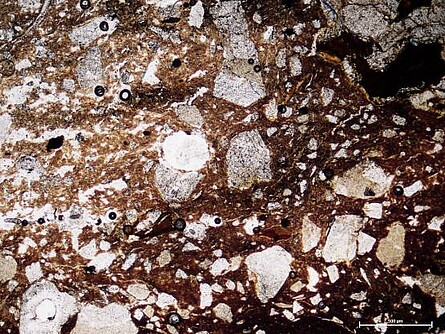Continuity in Times of Change – Interdisciplinary Research on Climate, Environment and Cultural Development in Northwest Germany during the 1st Millennium AD
When considering the scarce written sources for the period under investigation – the 1st millennium AD – the Northwest German region portrays a picture with large cultural breaks. For the 5th and 6th centuries the sources report the emigration of the Saxons to England without describing the consequences of this Migration for Northwest Germany. The phrase “Anglus desertus” used by the Anglo-Saxon chronicler Beda for the landscape of Angeln, which is located in Schleswig-Holstein and the region from where the Angles migrated to England at the same time as the Saxons, gives an inkling that entire swathes of land in Northwest Germany might have been – at least partially – abandoned. For many decades both archaeologists and natural scientists largely accepted this image of a discontinuous settlement development with marked cultural breaks, which had been informed by the historical sources; usually it even formed the basis for the settlement- and landscape historical interpretation of finds and features from Northwest Germany, with no testing based on systematic, independent scrutiny of these propositions taking place. At least some of the as yet unexplained queries were pursued within the scope a pilot study carried out over several months. The focus of this study was formed by investigations of representative samples of pottery (typological and technological), textile finds from cemeteries and settlements, remains of bones and plants, as well as from sondages of soils and bogs. The analyses were particularly targeting the question of whether significant changes or rather continuity using locally available and traditionally employed technologies could be discerned in the production and use of basic commodities as well as in the production of craft and agricultural goods. The occurrence and, if present, the extent of environmental changes during this period were also investigated. The results were subsequently integrated into scientifically scrutinised chronological models.
Bibliography
Nösler, D. & Wolters, S. (2009): Kontinuität und Wandel – Zur Frage der spätvölkerwanderungs-zeitlichen Siedlungslücke im Elbe-Weser-Dreieck. In: Heinrich-Tamaska, O., Krohn, N. & Ristow, S. (Hrsg.): Dunkle Jahrhunderte in Mitteleuropa? Tagungsbeiträge der Arbeitsgemeinschaft Spätantike und Frühmittelalter. Kovač, Hamburg, 367–388.


